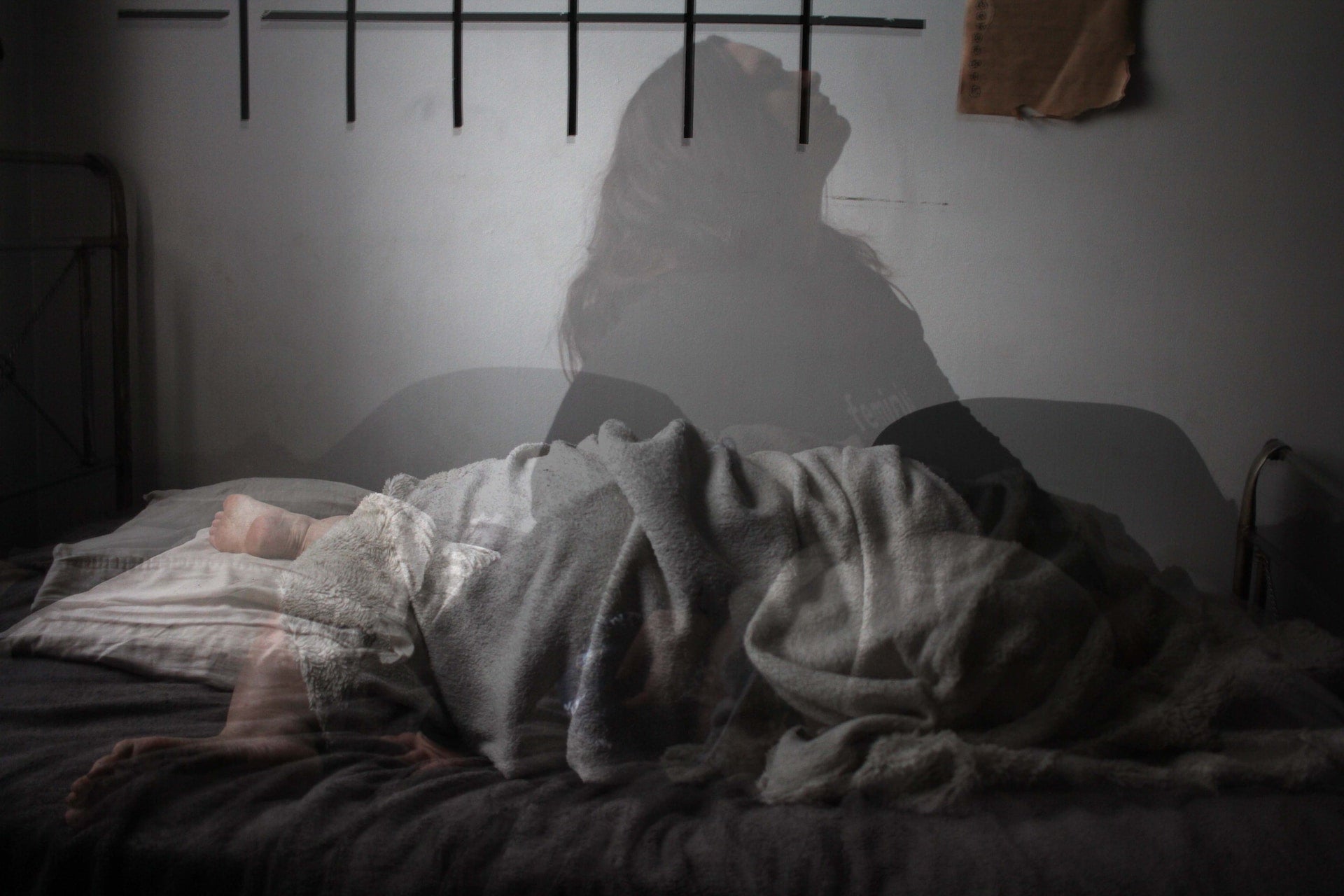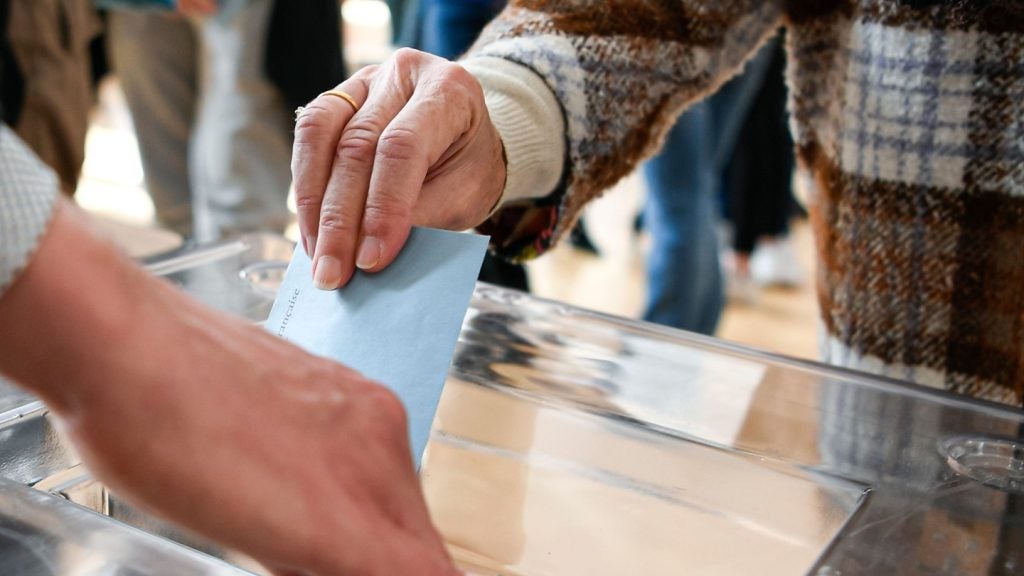
Researchers at the Seoul National University Bundang Hospital (SNUBH) have developed an artificial intelligence (AI) model to diagnose sleep apnea, reported the Korea Biomedical Review.
Sleep apnea is classified as a sleeping disorder in which a person’s breathing stops and starts repeatedly.
If neglected, the condition can increase the risk of cardiovascular diseases, such as high blood pressure, heart attacks, and stroke.
Hospitals currently use screening tests to validate symptoms if sleep apnea is suspected.
While many screening tests are available, they have some limitations. For instance, some are unsuitable for usage in multi-person environments, while others have low accuracy rates.
To address this issue, a research team led by professors Jeong Han-gil and Kim Tack-eun of the Department of Neurosurgery and Yun Chang-ho of the Department of Neurology has created an AI model, which is powered by deep learning.
How well do you really know your competitors?
Access the most comprehensive Company Profiles on the market, powered by GlobalData. Save hours of research. Gain competitive edge.

Thank you!
Your download email will arrive shortly
Not ready to buy yet? Download a free sample
We are confident about the unique quality of our Company Profiles. However, we want you to make the most beneficial decision for your business, so we offer a free sample that you can download by submitting the below form
By GlobalDataThe model can examine head and neck X-ray scans and predict sleep apnea.
The AI model examines X-rays of the patients’ heads and necks with a focus on the upper airway, in particular the tongue and the tissues around it, which are closely linked to sleep apnea.
It can recognise subtle variations that are difficult to spot with the naked eye and categorise the occurrence of sleep apnea accordingly.
The algorithm was created using AI training and validation, which used head and neck X-ray imaging data from 5,591 patients who visited SNUBH.
The AI model is claimed to have an area under the receiver operating characteristics (AUROC) curve of 0.82.
AUROC measures how well an AI model performs; the closer the number is to one, the better the performance.
Yun said: “The prevalence of sleep apnea is estimated to be around 1 billion adults aged 30-69 worldwide, and the number is growing. Early detection and treatment of sleep apnea can prevent further worsening of symptoms and improve quality of life.”




